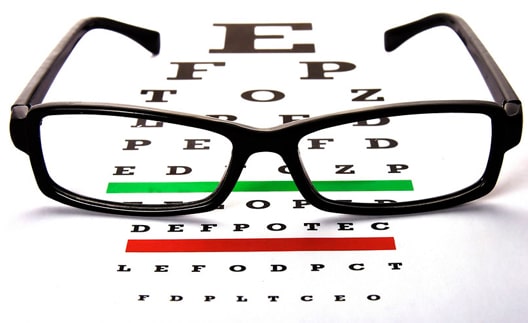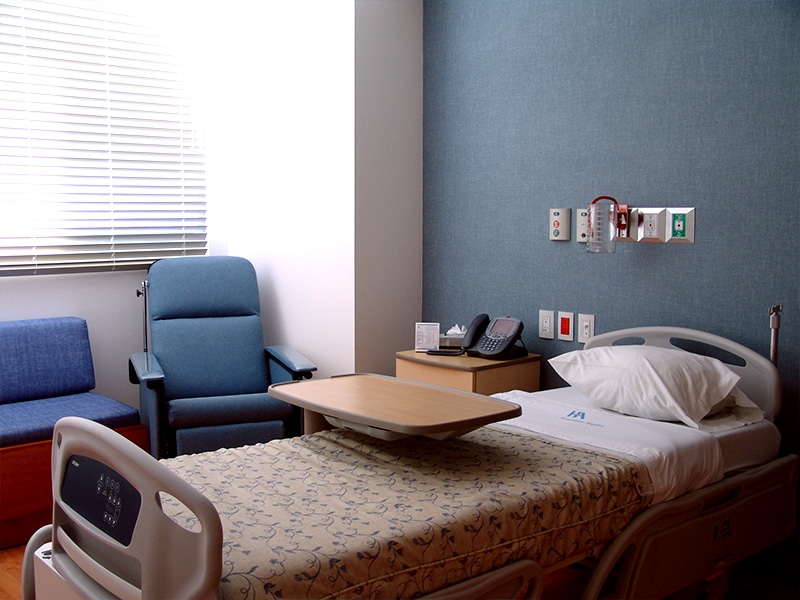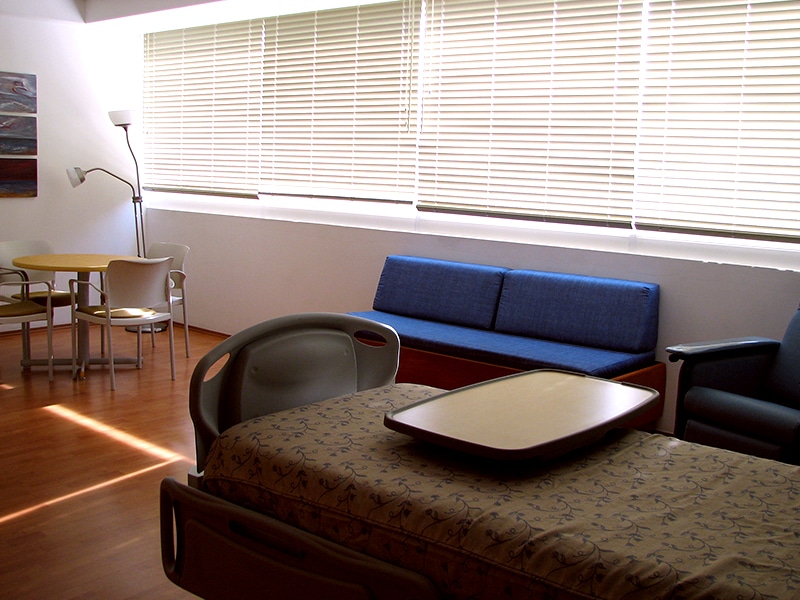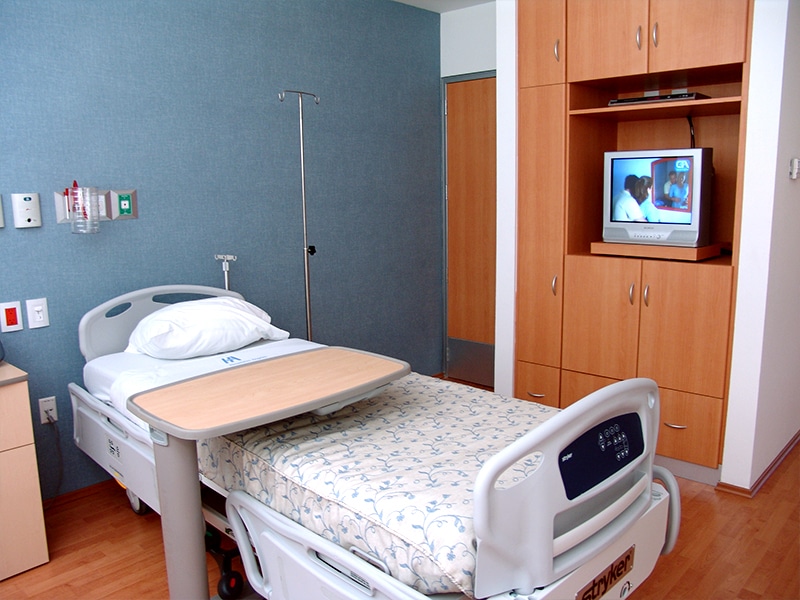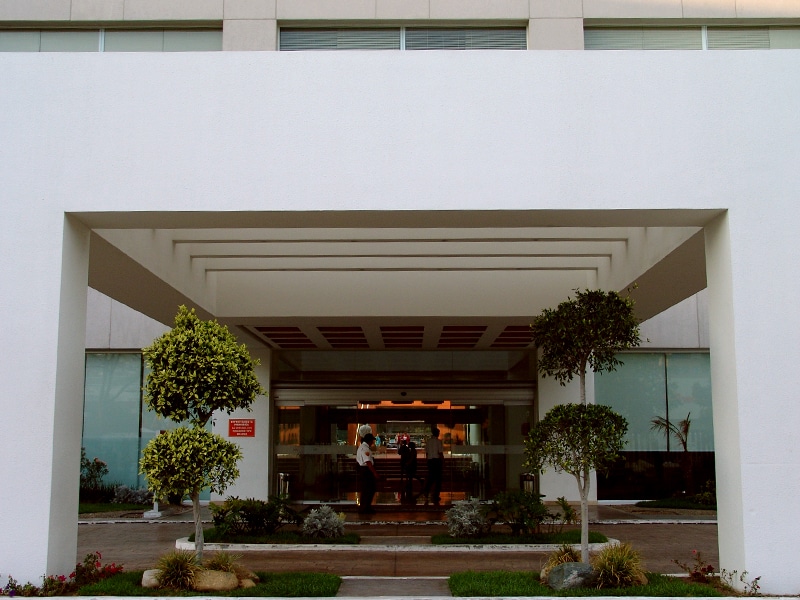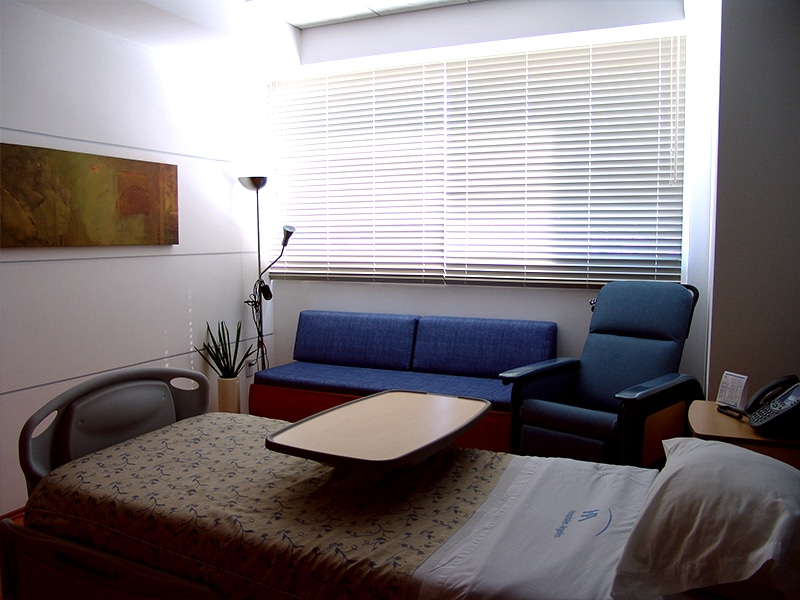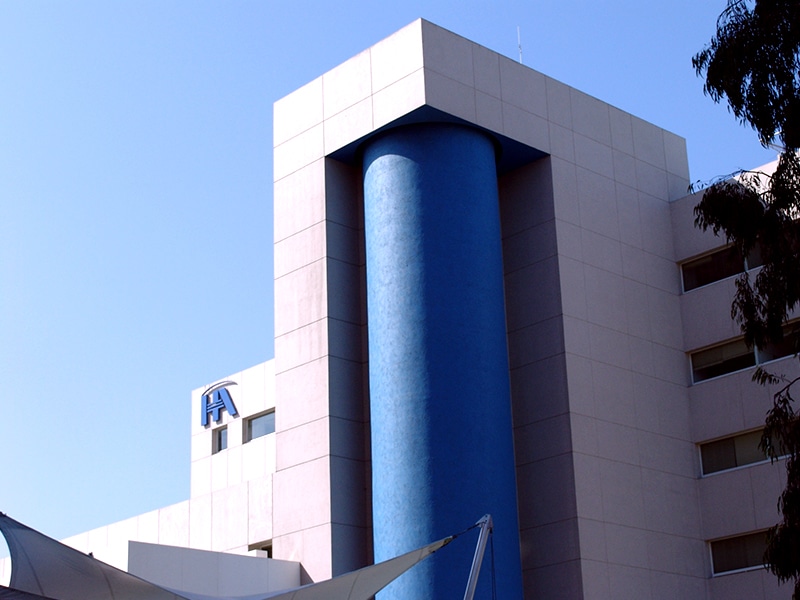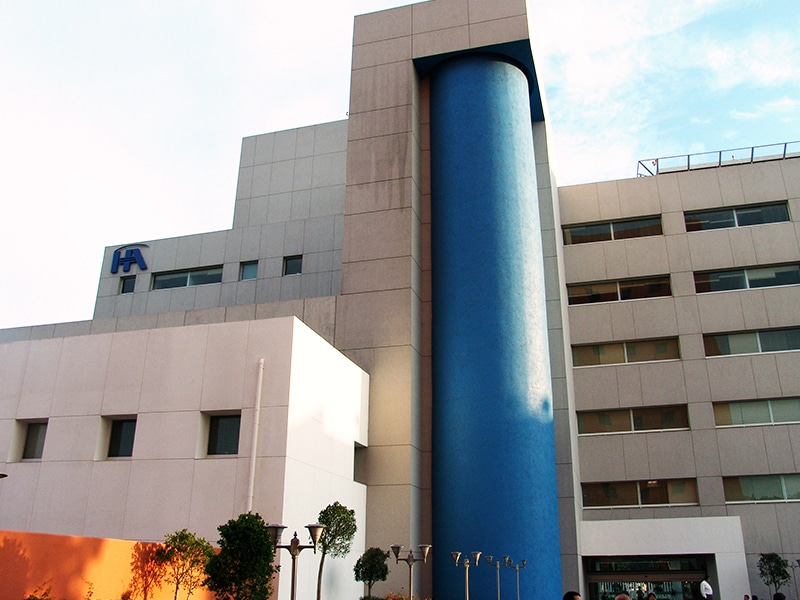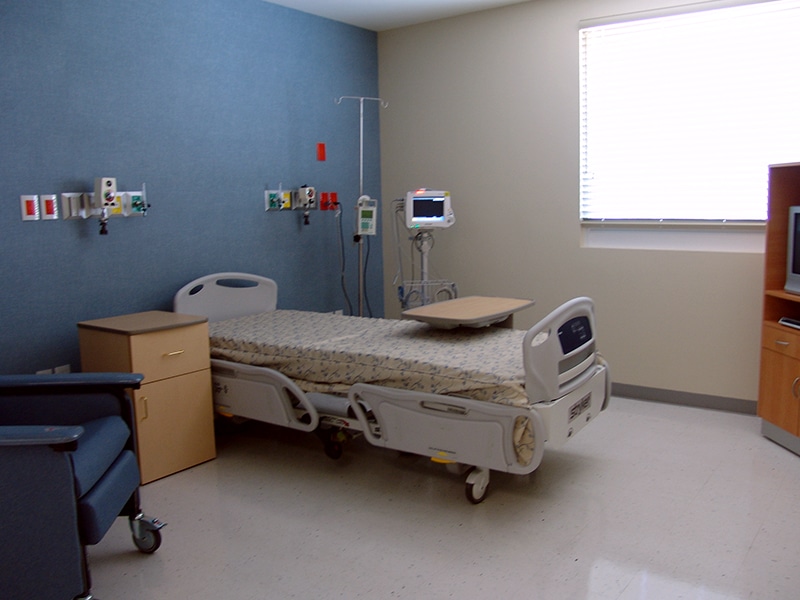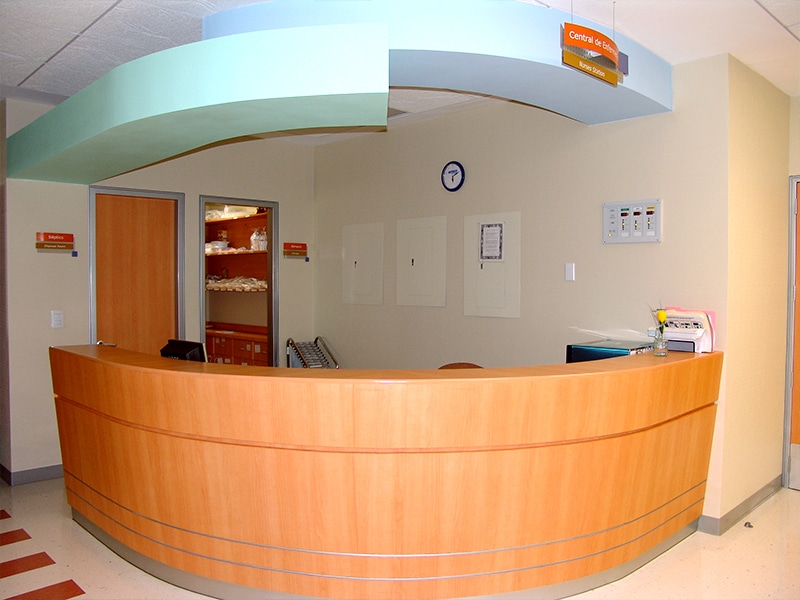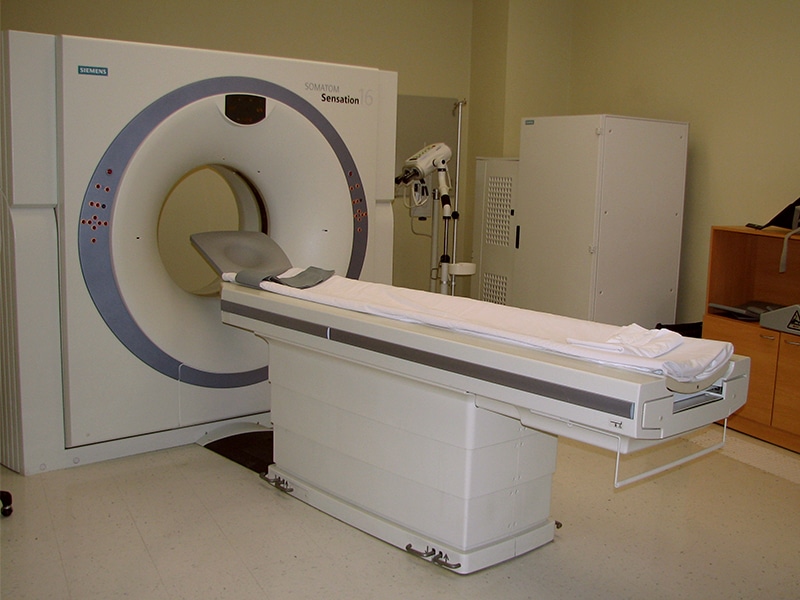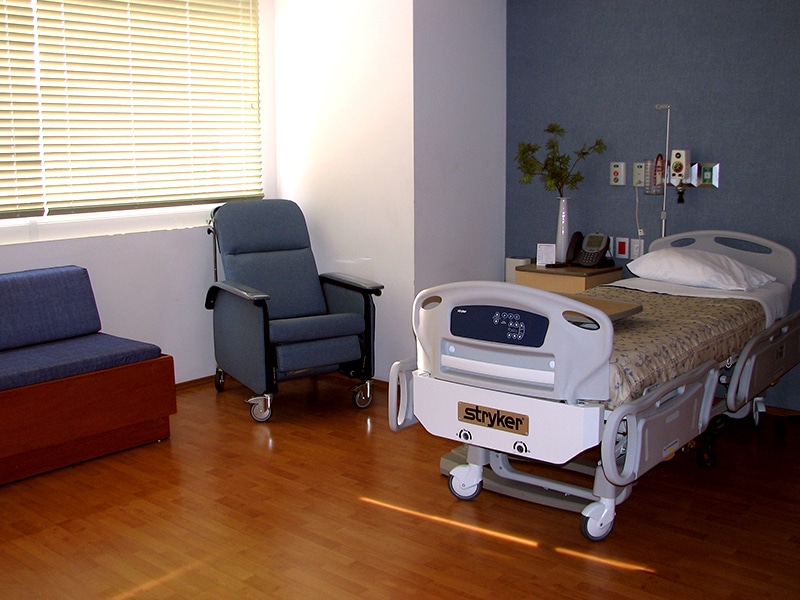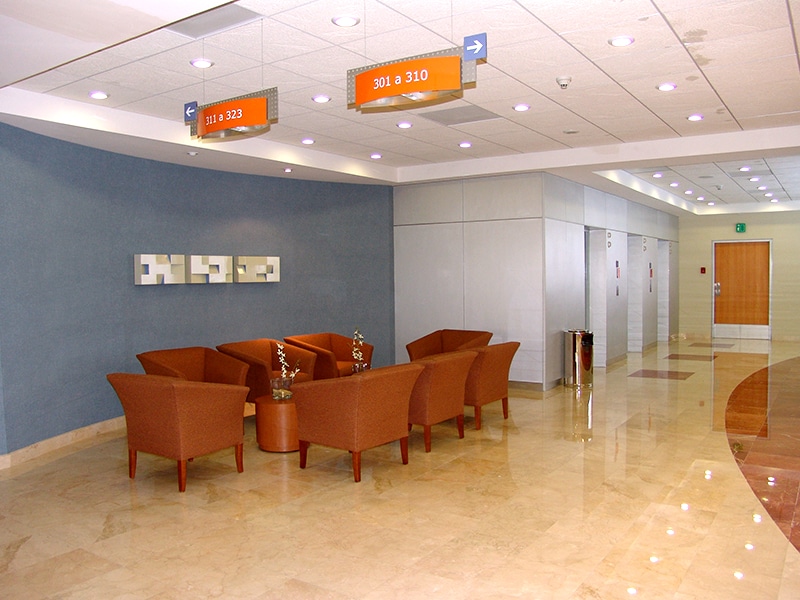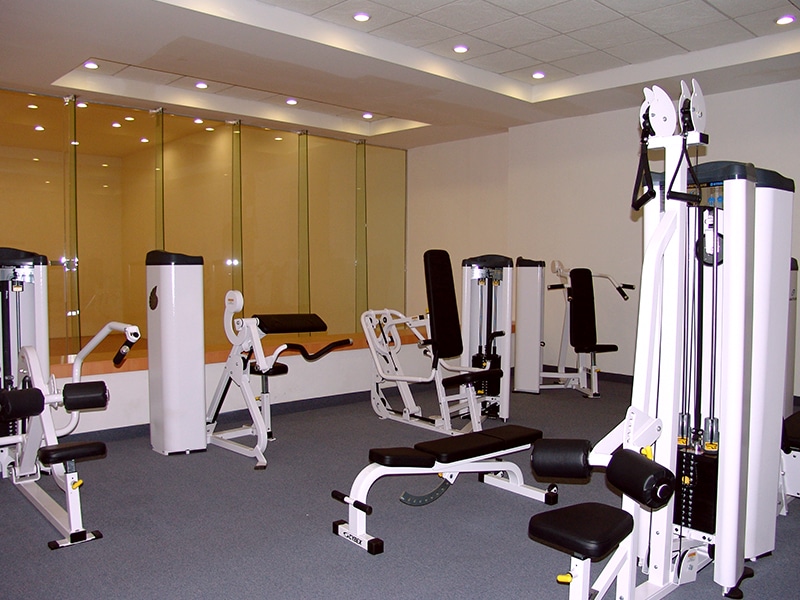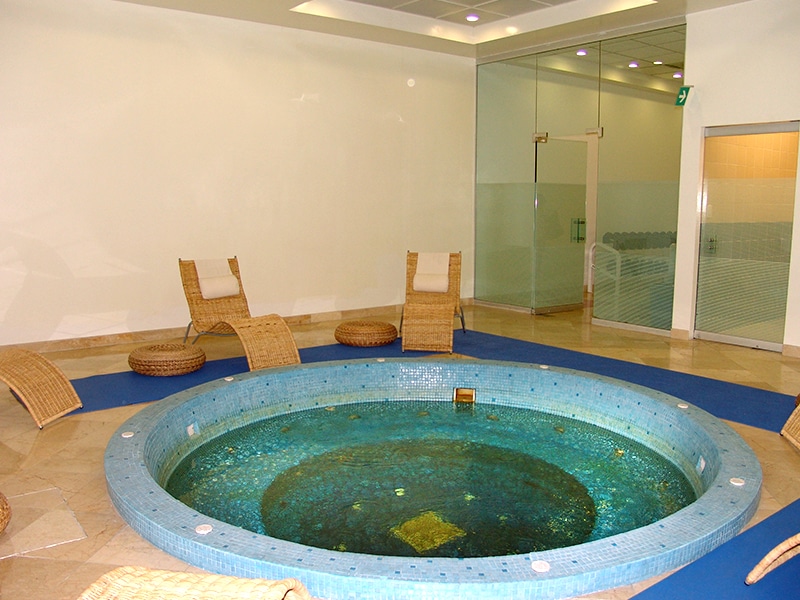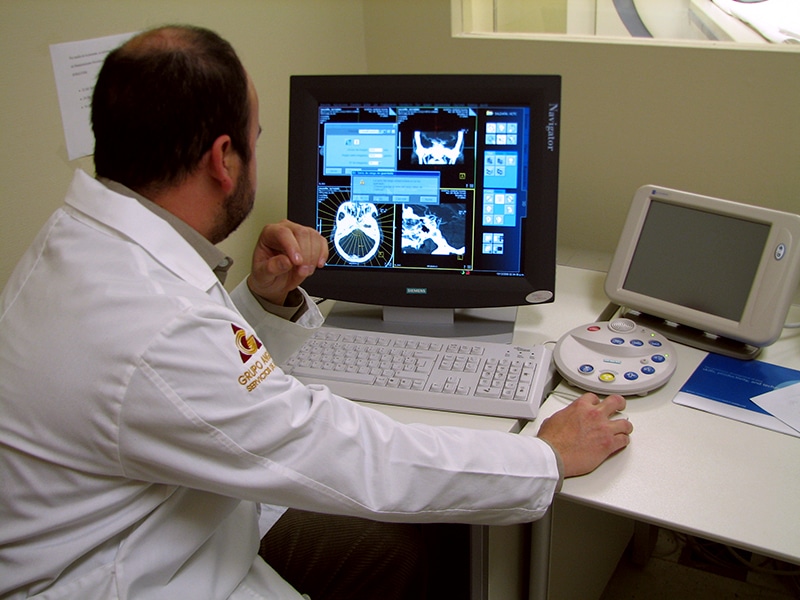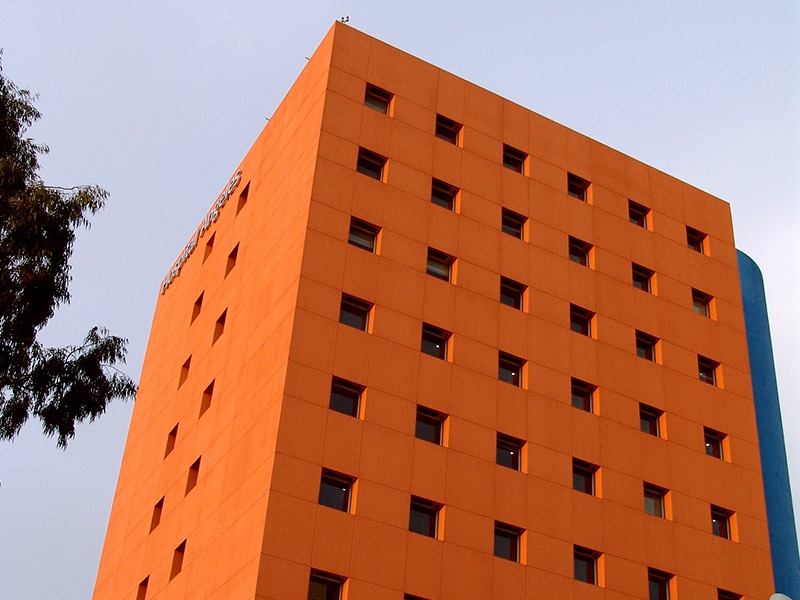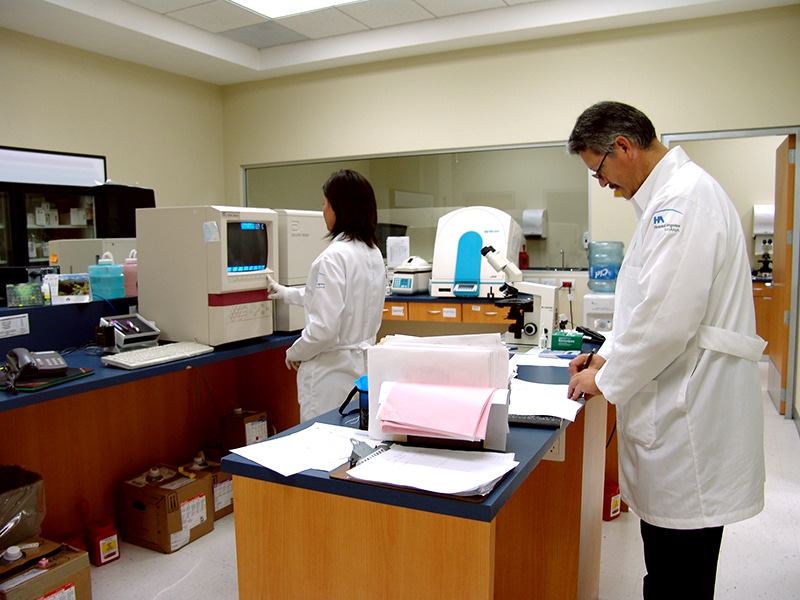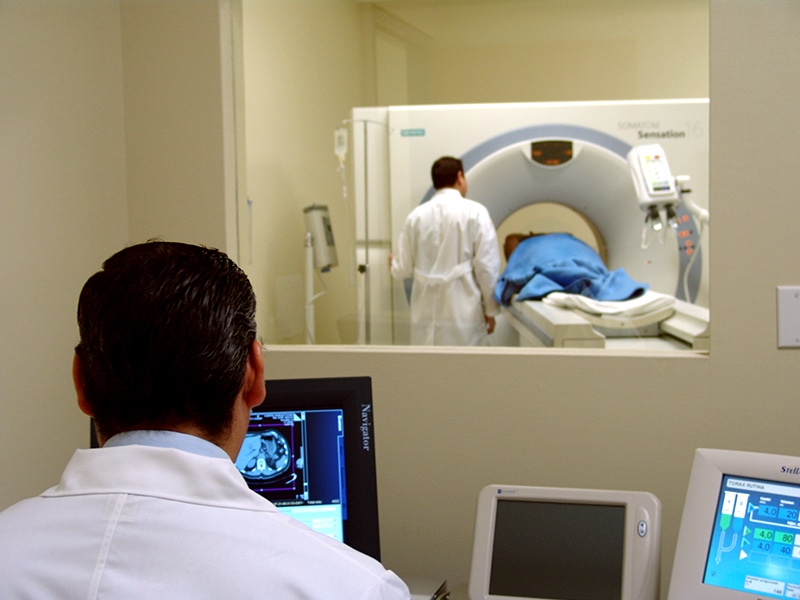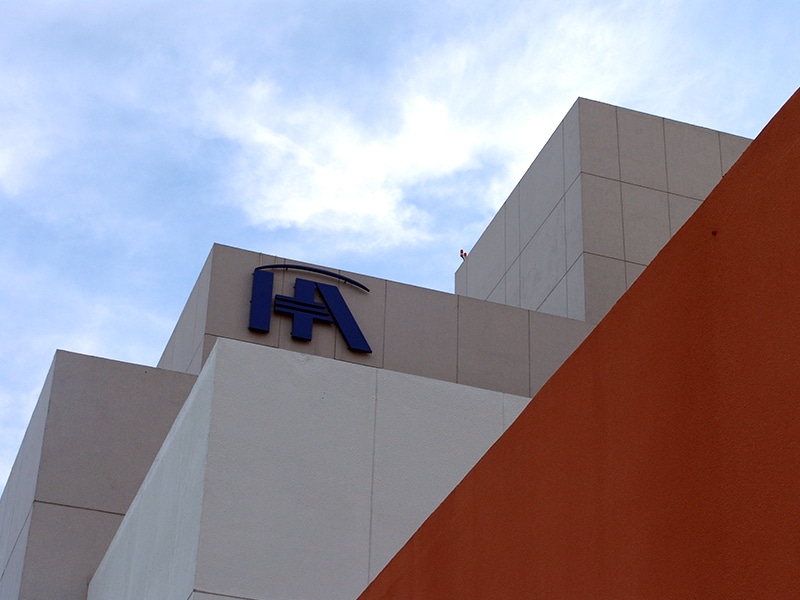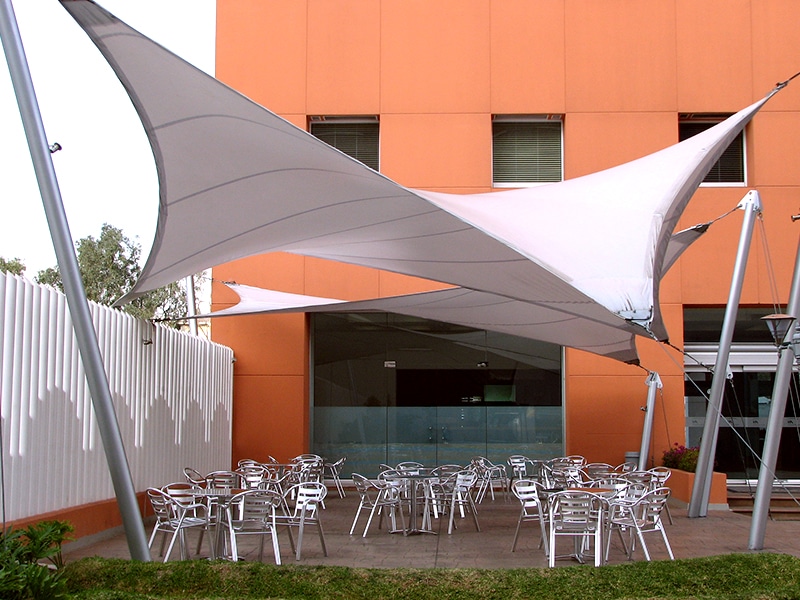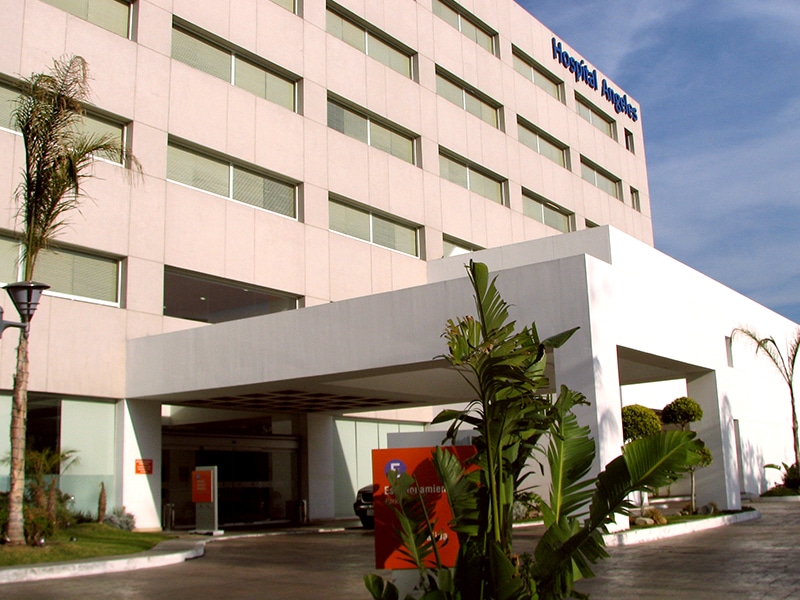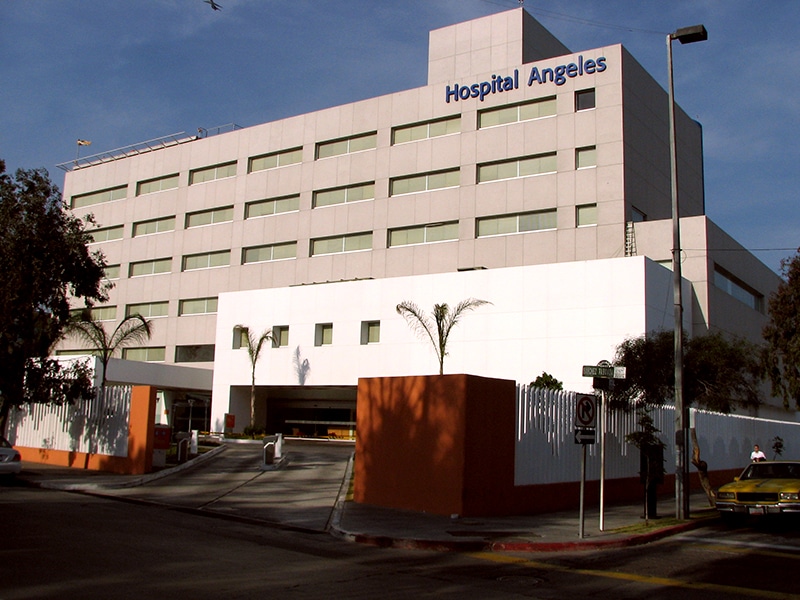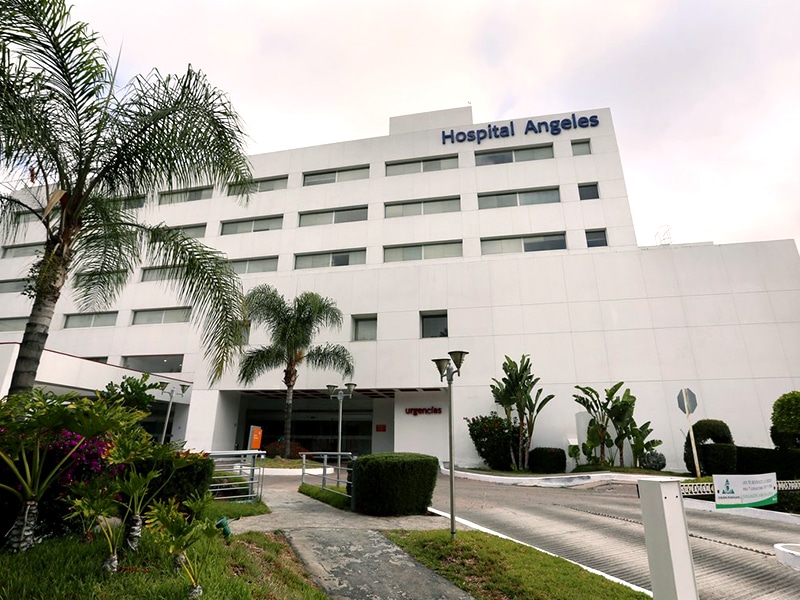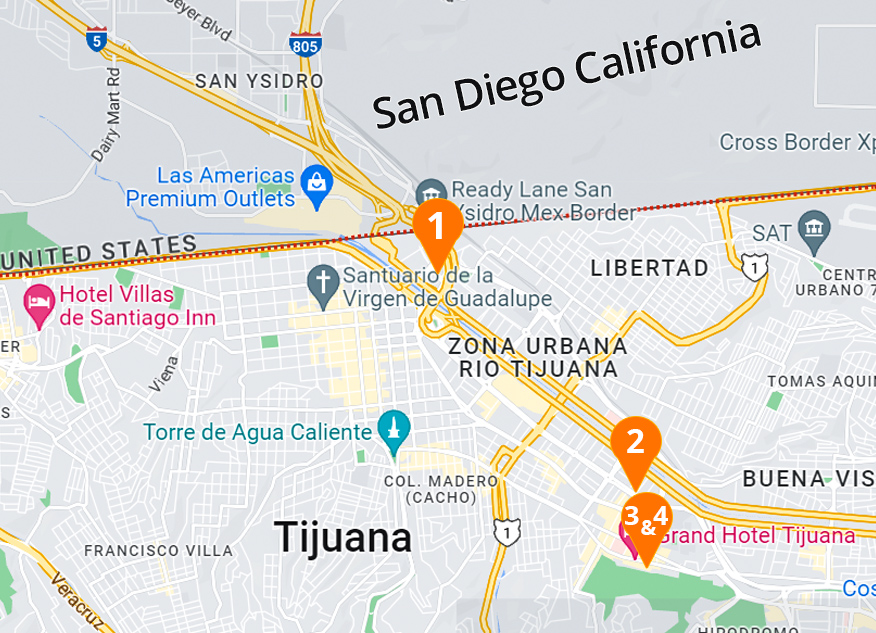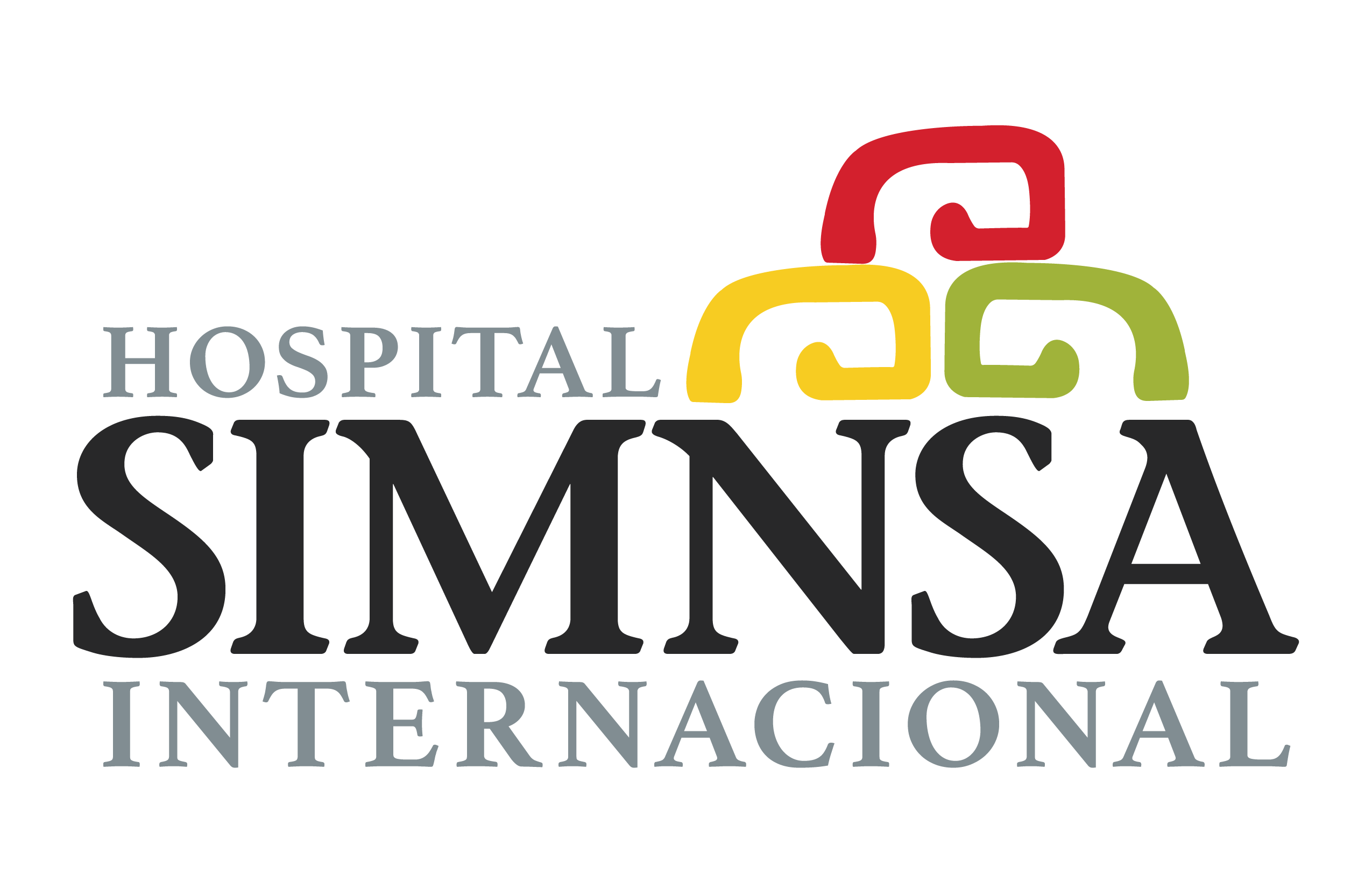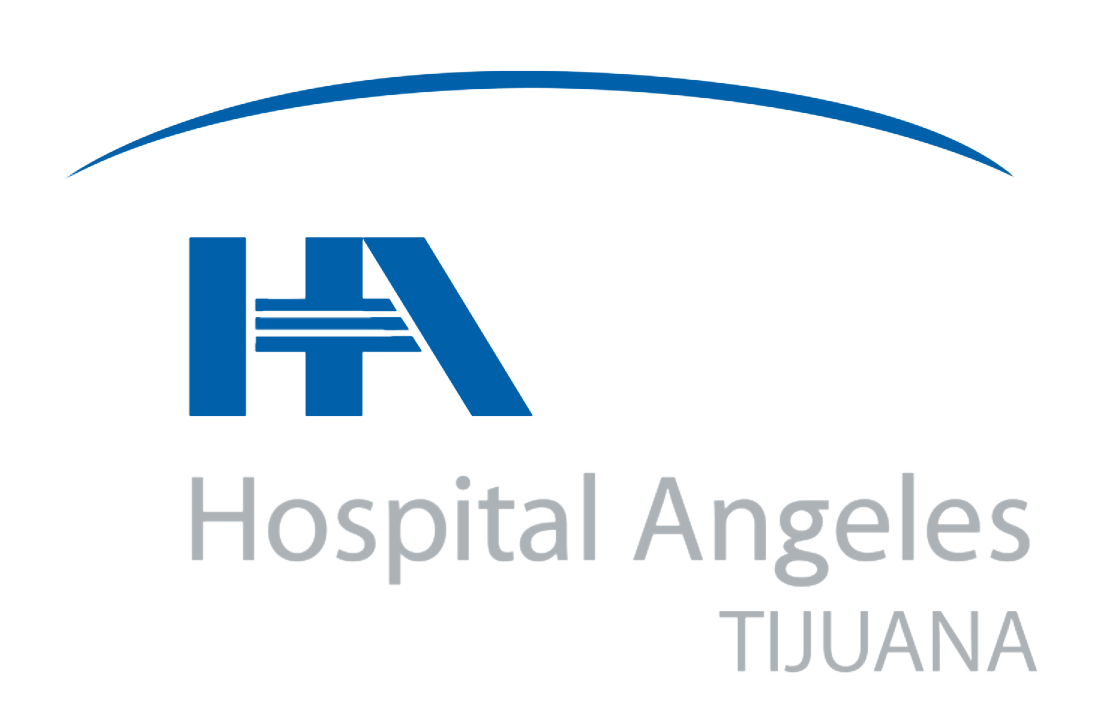Cataract Eye Surgery
From $3,700 to $7,900 USD Per Eye
Cataract surgery in a U.S. clinic can cost from $3,000 – $5,000 per eye, depending on the location and the experience of the surgeon performing the procedure. Your cost at the MedicalMex Vision Center — including travel — is about half what you would pay to a U.S. doctor.
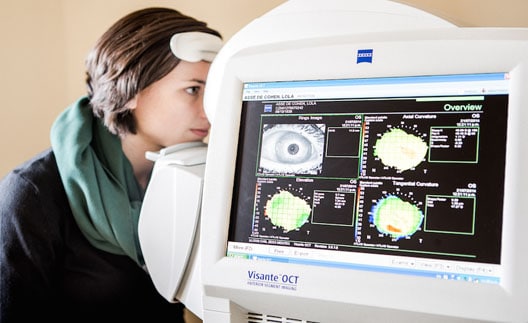
Angeles Hospital Facilities in Tijuana
Most Trusted and Recognized Hospital for +10 years
- Personalized attention with US based case manager
- Peace of mind of knowing you are getting treated by the highest quality and most prestigious hospital in Mexico
- Most recognized and trusted private medical institution in Mexico with over 10 years
- Fully equipped hospital with emergency rooms and 24hr. nurses for any type of unexpected situation (Not a Clinic like most)
- Best medical facilities in Tijuana
- Shuttle Service
- Many amenities
- Comfortable rooms with companion accommodations
Cataract Eye Surgery
Eye Vision Center of Excellence
Improvements in cataract surgery and the success of its corresponding results have been phenomenal during the past 30 years. The evolution of techniques to employ smaller surgical incisions has been matched by the development of new lens implants created out of materials such as acrylic and silicone. Today cataracts can be removed through wounds approaching 1mm in size and intraocular lenses utilizing aspheric lens technology correct not only focal length vision, but also address Corneal aberrations that occur naturally due to aging, raising hopes of restoring quality distance and near vision without the need for glasses.
The MedicalMex Vision Center is supported by an experienced medical team, including Dr. Mario Vergara who has 9 years of clinical experience performing Ophthalmic Surgery and has performed more than 2000 Cataract Surgeries.
